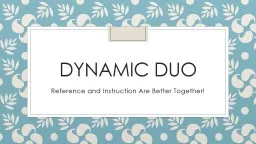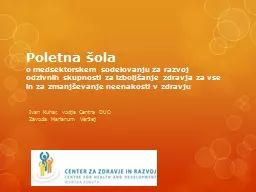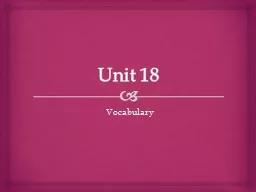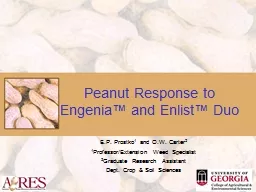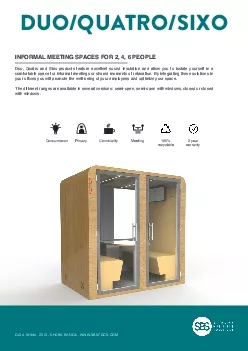PPT-Dynamic Duo Reference and Instruction Are Better Together!
Author : danika-pritchard | Published Date : 2018-02-27
Amanda Folk Anna Mary Williford Kelly Bradish amp Amanda Miller Millstein Library University of Pittsburgh at Greensburg Credit Diane Hughes How Instruction Informs
Presentation Embed Code
Download Presentation
Download Presentation The PPT/PDF document "Dynamic Duo Reference and Instruction Ar..." is the property of its rightful owner. Permission is granted to download and print the materials on this website for personal, non-commercial use only, and to display it on your personal computer provided you do not modify the materials and that you retain all copyright notices contained in the materials. By downloading content from our website, you accept the terms of this agreement.
Dynamic Duo Reference and Instruction Are Better Together!: Transcript
Download Rules Of Document
"Dynamic Duo Reference and Instruction Are Better Together!"The content belongs to its owner. You may download and print it for personal use, without modification, and keep all copyright notices. By downloading, you agree to these terms.
Related Documents

